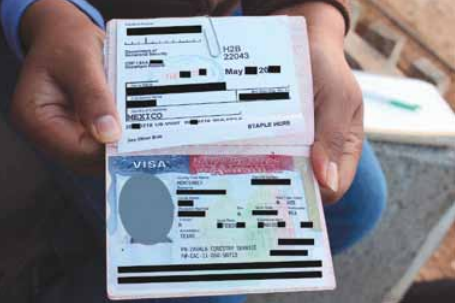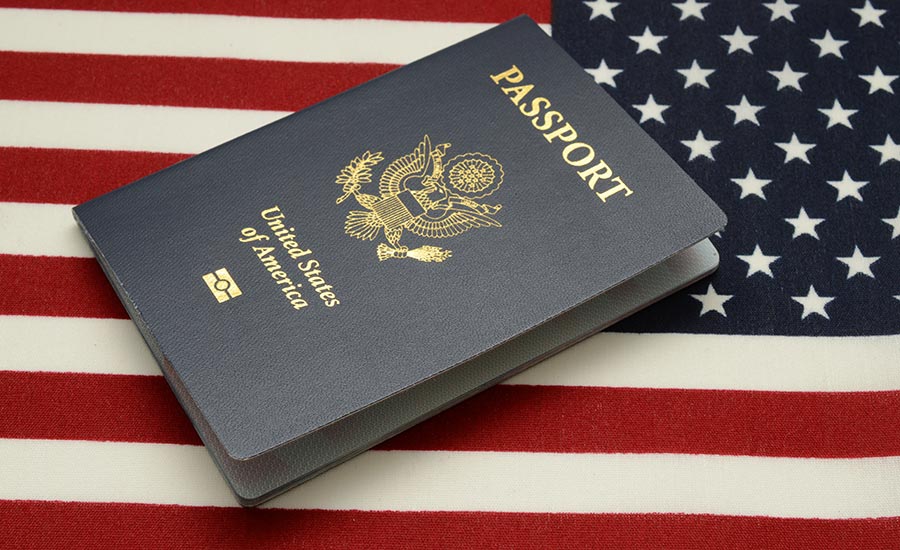Finding a job in the U.S. as a newcomer can feel overwhelming, but it doesn’t have to be. I break it down into simple steps so you can focus on what matters, getting hired. The U.S. job market moves fast, and knowing where to start makes all the difference. From work authorization to job search strategies, I’ll guide you through what you need to know. Whether you’re looking for your first job or switching careers, this guide helps you navigate the process with confidence. Keep reading for clear, practical tips to land a job and build a successful career in the U.S.
Understanding the U.S. Job Market
The U.S. job market offers many opportunities, but competition is high. Knowing which industries are in demand and how the hiring process works helps you focus on the right job opportunities.
Industries with High Demand
Some industries consistently have job openings due to labor shortages or high demand. These fields offer strong job security and good salaries:

- Technology: Software development, cybersecurity, data science, and IT support
- Healthcare: Nursing, medical assistants, pharmacists, and physical therapists
- Finance: Accounting, financial analysts, investment banking, and insurance
- Engineering: Civil, mechanical, electrical, and software engineering
- Skilled Trades: Electricians, plumbers, HVAC technicians, and welders
If you have experience in these fields, your chances of finding a job quickly increase. If not, upskilling through certifications or short training programs can help.
Employment Types in the U.S.
Understanding job types helps you decide which roles fit your situation:
- Full-time jobs: 40 hours per week with benefits (health insurance, paid leave, retirement plans)
- Part-time jobs: Fewer hours with limited or no benefits
- Contract jobs: Temporary positions (3-12 months) that may pay higher but lack benefits
- Freelance work: Independent jobs where you work for multiple clients
- Gig economy jobs: Short-term, flexible jobs like driving for Uber or delivering for DoorDash
Best Job Search Platforms
Most job applications happen online. Here are the best websites to find job openings:
- LinkedIn: Best for professional networking and direct applications
- Indeed: Largest job board with postings from many industries
- Glassdoor: Includes job listings, salary information, and company reviews
- USAJOBS: Government jobs for those eligible to work in the public sector
Many companies also post jobs directly on their websites under the “Careers” section.
Read: How to Find and Secure Housekeeping Supervisor Jobs in Canada with Visa Sponsorship
Work Authorization and Visa Requirements
Before applying for jobs, ensure you have the legal right to work in the U.S. Employers require proof of work eligibility, and different visas allow different types of employment.

Common Work Visas
If you are not a U.S. citizen or Green Card holder, you may need a visa:
- H-1B Visa: For skilled professionals in IT, engineering, finance, and other fields
- L-1 Visa: For employees transferring within the same company from another country
- O-1 Visa: For individuals with extraordinary abilities in science, arts, or business
- TN Visa: For Canadian and Mexican professionals under NAFTA
- E-2 Visa: For entrepreneurs and investors starting a business in the U.S.
Green Card (Permanent Residency)
A Green Card allows you to work permanently in the U.S. Common pathways include employer sponsorship, family sponsorship, or investment-based programs.
Work Options for International Students
If you are on an F-1 student visa, you may be eligible for:
- Optional Practical Training (OPT): Allows graduates to work for up to 12 months (24 months for STEM fields).
- Curricular Practical Training (CPT): Work authorization for internships during studies.
Read: Now Hiring: Car Wash at Don Valley North Lexus Canada – Full Job Details, Benefits & Career Growth
How to Find a Job in the U.S.
A strong job search strategy helps you get hired faster. Follow these steps to improve your chances:
Build a Strong LinkedIn Profile
Many U.S. recruiters use LinkedIn to find candidates. Make sure your profile includes:

- A professional photo
- A clear summary highlighting your skills and experience
- Detailed work history with measurable achievements
- Relevant keywords so recruiters can find you
Network Effectively
Many jobs are filled through networking. Here’s how to connect with the right people:
- Attend industry events: Conferences, job fairs, and meetups help you meet employers
- Join professional groups: Online communities and LinkedIn groups keep you updated
- Reach out to professionals: Sending a polite LinkedIn message can lead to job referrals
Customize Your Resume and Cover Letter
U.S. resumes are different from those in many countries. Keep yours:
- Short (1-2 pages): Highlight key skills and accomplishments
- Results-focused: Use numbers to show impact (e.g., “Increased sales by 20%”)
- Keyword optimized: Match the job description’s language to pass resume filters
A strong cover letter personalizes your application and explains why you’re a great fit.
Apply Smartly Using Job Boards
- Use job alerts to get notified about new postings
- Apply early before competition increases
- Follow up on applications when possible
Read: How to Get a Line Cook Job in the USA with Visa Sponsorship
Preparing for Job Interviews
U.S. job interviews test your skills and cultural fit. Preparation makes a strong impression.
Common Interview Formats
- Behavioral Interviews: “Tell me about a time when…” questions
- Technical Interviews: Used in IT, engineering, and finance jobs
- Case Study Interviews: Common in consulting and management roles
Interview Preparation Tips
- Research the company’s mission, values, and products
- Practice answering common questions out loud
- Dress professionally based on the company’s culture
Negotiating Salary
- Use Glassdoor or PayScale to research salary ranges
- Be ready to discuss benefits (health insurance, paid time off, bonuses)
Workplace Culture and Expectations
Understanding workplace norms helps you adjust quickly and succeed in your job.
Professional Etiquette
- Be on time: Punctuality is important in the U.S.
- Communicate clearly: Keep emails and messages professional
- Work independently: Employers value problem-solving and initiative
Employee Rights and Workplace Laws
- Equal Employment Laws: Protect against discrimination
- Overtime Pay: Many jobs pay extra for working over 40 hours per week
- Health and Safety: Employers must provide a safe work environment
Alternative Job Opportunities
If traditional employment is challenging, consider other work options:
Freelancing and Remote Work
- Best platforms: Upwork, Fiverr, Toptal (for skilled professionals)
- Popular remote jobs: Customer service, content writing, graphic design
Starting a Business
- The U.S. has a strong startup culture, and many immigrants succeed in business.
- Ensure your visa allows self-employment before starting.
Gig Economy Jobs
- Examples: Uber, DoorDash, Instacart
- Pros: Flexible work with quick income
- Cons: No benefits, earnings depend on demand
Finding a job in the U.S. requires work authorization, networking, and a strong resume. Focus on applying for jobs in high-demand industries and prepare well for interviews. Whether you choose traditional employment, freelancing, or self-employment, staying informed and proactive helps you succeed. Keep learning, connect with professionals, and take steps toward your career goals.


